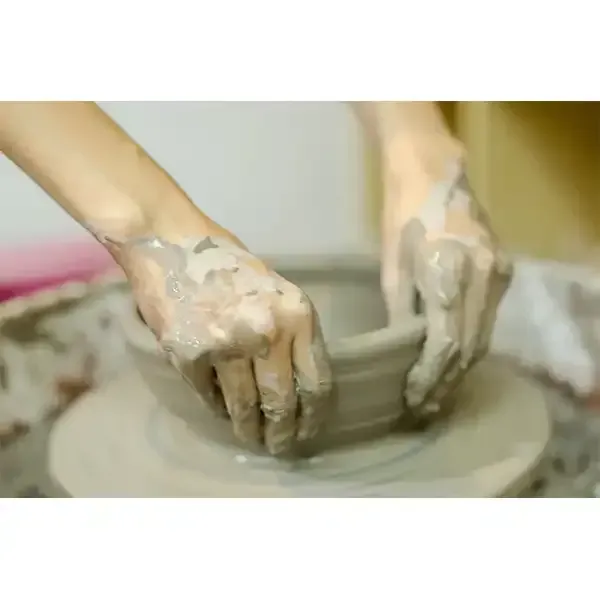The Importance of Ceramic Tile Adhesive in Modern Construction
Ceramic tiles are a popular choice in both residential and commercial buildings due to their aesthetic appeal, durability, and ease of maintenance. However, the longevity and performance of ceramic tile installations rely heavily on the quality of the adhesive used to bond the tiles to various surfaces. This article explores the importance of ceramic tile adhesive, the different types available, and best practices for application.
Understanding Ceramic Tile Adhesive
Ceramic tile adhesive, often referred to as thin-set mortar or tile glue, is a material specifically designed to affix ceramic tiles to floors, walls, and other surfaces. Adhesives for ceramic tiles can be broadly categorized into cement-based, epoxy, and organic adhesives. Each of these types has unique properties that make them suitable for different applications.
1. Cement-Based Adhesives Most commonly used, these adhesives are made from a mixture of cement, sand, and polymer additives. They are versatile, easy to use, and suitable for both indoor and outdoor applications. Cement-based adhesives can be further divided into standard and modified variants. Modified adhesives generally include additional polymers, providing improved bond strength, flexibility, and water resistance.
2. Epoxy Adhesives Known for their exceptional bond strength and resistance to moisture and chemicals, epoxy adhesives are ideal for high-stress areas, such as kitchens and bathrooms. Although they offer superior performance, their higher cost and more complicated application process may deter some users.
3. Organic Adhesives While less common, organic adhesives can be used for certain applications, particularly when installing tiles over plywood or similar surfaces. They are easy to spread and offer a decent bond, but their moisture resistance is not as high as that of cement-based or epoxy adhesives.
Advantages of Using Quality Adhesive
The choice of adhesive significantly affects the performance and durability of tile installations. Using high-quality ceramic tile adhesive provides several advantages
- Enhanced Bond Strength A quality adhesive ensures strong adhesion to both the substrate and the tile, reducing the risk of tiles loosening or cracking over time.
- Improved Flexibility Ceramic tiles can expand and contract due to temperature changes. Quality adhesives can accommodate these movements, preventing damage.
ceramic tile adhesive

- Resistance to Moisture In areas prone to humidity or water exposure, such as bathrooms and kitchens, using a moisture-resistant adhesive is essential to prevent issues like mold growth or tile detachment
.- Ease of Use Good adhesive products are typically easier to mix and apply, leading to a more efficient installation process.
Application Best Practices
To achieve the best results with ceramic tile adhesive, following proper application practices is crucial
1. Surface Preparation Ensure the surface is clean, dry, and flat. Remove any old adhesives, debris, or dust that might hinder adhesion.
2. Mixing the Adhesive Follow the manufacturer's instructions carefully. Overmixing can incorporate air bubbles, while undermixing can lead to inadequate bonding.
3. Troweling Technique Use a notched trowel that suits the size of the tile to create uniform ridges of adhesive on the substrate. This increases the surface area for bonding.
4. Proper Tile Placement Press the tile firmly into the adhesive and use a slight twisting motion. This ensures good contact with the adhesive and helps eliminate air pockets.
5. Allowing for Curing Be patient and allow the adhesive to cure as per the manufacturer's guidelines. Avoid walking on newly laid tiles until the adhesive is fully set.
Conclusion
Ceramic tile adhesive plays a critical role in ensuring the durability and longevity of tile installations. By understanding the types of adhesive available and following the best application practices, homeowners and professionals alike can achieve beautiful, long-lasting results. In an industry where aesthetics and functionality go hand in hand, investing in quality ceramic tile adhesive is a decision that pays off in the long run. Whether renovating a bathroom or installing new flooring, never underestimate the importance of the adhesive that holds it all together.
-
The Application and Significance of Construction RdpNewsMay.19,2025
-
Industrial Grade HpmcNewsMay.19,2025
-
Building Coating Adhesive Building Coating Adhesive HpmcNewsMay.19,2025
-
Application Of Hpmc For Detergent For Detergent In DetergentsNewsMay.19,2025
-
Application Of Hpmc Cellulose In Cement-Based MaterialsNewsMay.19,2025
-
Application Of High Quality Hpmc For Construction In The Field Of ConstructionNewsMay.19,2025




